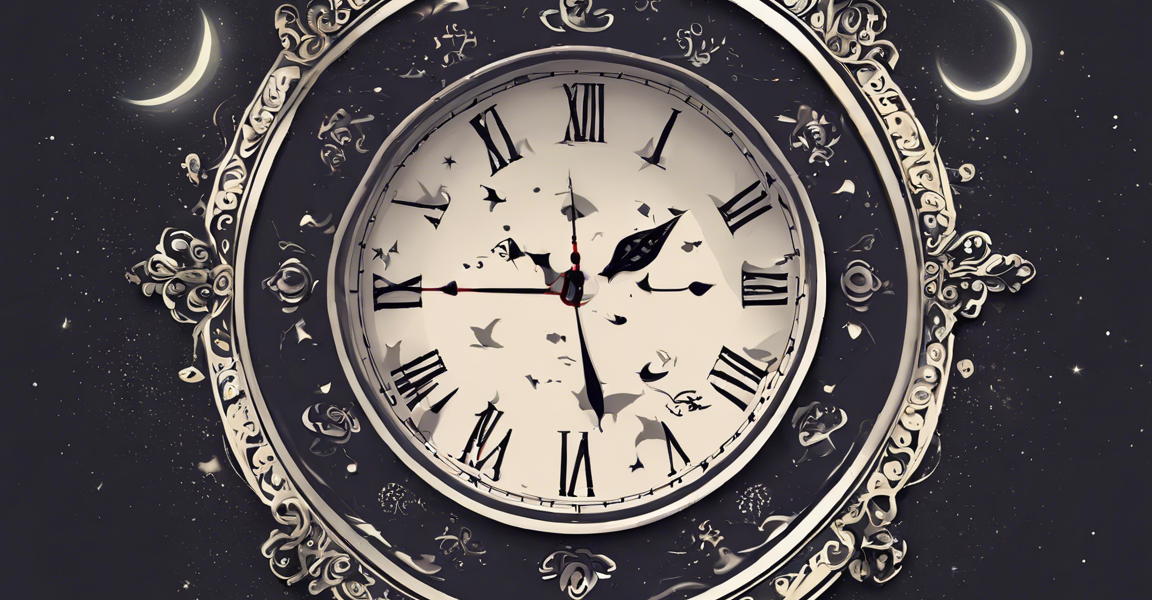Have you ever gazed up at the night sky, hoping to catch a glimpse of the mystical Chand Nikalne? The act of moon-watching has captivated humans for centuries, sparking wonder, inspiration, and even shaping cultural practices and beliefs. Whether you are a seasoned sky-gazer or a novice enthusiast, understanding the factors that influence the best time to witness Chand Nikalne can greatly enhance your celestial experience. In this comprehensive guide, we will delve into the various elements that affect the appearance of the moon and provide valuable tips to optimize your viewing opportunities.
Factors Influencing Chand Nikalne Timing
1. Lunar Phases:
The Chand Nikalne timings are intricately tied to the phases of the moon. From the waxing crescent to the full moon and the waning gibbous, the moon transitions through distinct phases, each offering a unique spectacle. Understanding these phases and their corresponding rise and set times is essential for planning your moon-watching escapades.
2. Location:
Your geographic location plays a pivotal role in determining when you can witness the Chand Nikalne. Different regions experience variations in moonrise and moonset timings due to factors such as latitude, longitude, and time zone. Utilizing online tools or mobile applications can assist you in pinpointing the optimal viewing hours based on your specific location.
3. Weather Conditions:
Clear skies are a stargazer’s best friend. Monitoring weather forecasts is crucial when planning your Chand Nikalne viewing sessions. Cloud cover, precipitation, and atmospheric conditions can significantly impact visibility. Choose nights with minimal cloud cover to maximize your chances of a successful moon-watching outing.
4. Elevation and Obstructions:
The elevation of your viewing spot can influence the visibility of the moon. Higher vantage points offer unobstructed views of the horizon, allowing you to witness the Chand Nikalne as it emerges majestically. Additionally, be mindful of any natural or man-made obstructions that could hinder your viewing experience.
5. Moonrise and Moonset Times:
Timing is key when it comes to observing the Chand Nikalne. Moonrise and moonset times vary daily, presenting opportunities for early risers and night owls alike to catch a glimpse of the moon. Consulting moonrise and moonset tables can help you plan your moon-watching schedule effectively.
Tips for Optimal Chand Nikalne Viewing
1. Plan Ahead:
Stay informed about upcoming lunar phases and moonrise times to plan your Chand Nikalne viewing excursions in advance. Mark your calendar with key dates to ensure you don’t miss out on prime moon-watching opportunities.
2. Choose the Right Location:
Select a viewing location with minimal light pollution and unobstructed sightlines. Parks, rooftops, or rural areas away from urban glare offer ideal settings for experiencing the magic of Chand Nikalne.
3. Bring Essential Gear:
Equip yourself with binoculars, a telescope, or a camera with a telephoto lens to enhance your Chand Nikalne experience. These tools can help you observe the moon’s craters, seas, and maria in intricate detail.
4. Dress Appropriately:
Outdoor moon-watching ventures can be chilly, especially during late-night sessions. Dress warmly and carry blankets or chairs for comfort during extended viewing periods.
5. Stay Patient:
Patience is a virtue in the realm of Chand Nikalne viewing. Sometimes, waiting for the moon to rise above the horizon or for clouds to clear can result in breathtaking lunar displays. Embrace the waiting game and savor the anticipation.
6. Capture the Moment:
Photographing the moon can immortalize your Chand Nikalne experiences. Experiment with different camera settings, focal lengths, and compositions to create stunning lunar portraits that preserve the beauty of the moon.
Frequently Asked Questions (FAQs)
1. What is the best time of day to see the Chand Nikalne**?
The optimal time to witness the Chand Nikalne varies based on lunar phases and geographic location. Generally, early evening to late night offers prime viewing opportunities.
2. Can I see the Chand Nikalne** during the day?
While the moon is present in the sky during daylight hours, its visibility may be obscured by the brightness of the sun. It is easier to observe the moon during the evening and night.
3. Do lunar eclipses impact Chand Nikalne** viewing?
Lunar eclipses can enhance the allure of Chand Nikalne by casting a reddish hue on the moon during the event. Observing lunar eclipses adds a unique dimension to your moon-watching endeavors.
4. How can I track Chand Nikalne** timings on a daily basis?
Utilize online tools, mobile applications, or astronomical websites that provide real-time information on lunar phases, moonrise, and moonset times. These resources are invaluable for staying updated on Chand Nikalne schedules.
5. What should I do if the weather is poor on the night of Chand Nikalne**?
In case of inclement weather, consider rescheduling your moon-watching plans for a clearer night. Alternatively, explore indoor stargazing options through virtual observatories or planetariums.
Embark on your Chand Nikalne adventures armed with knowledge, patience, and a sense of wonder. Whether you are observing the moon’s tranquil glow from your backyard or immersing yourself in a lunar eclipse spectacle, each Chand Nikalne experience promises to be a celestial journey like no other. Happy moon-watching!



